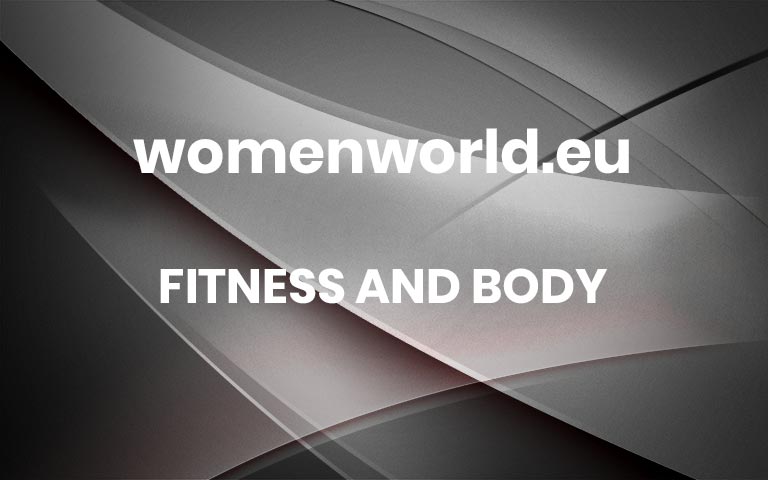A Deload Week Over Christmas Will Help You Hit Your Goals, Experts Say – Here’s How
A week off could help you achieve your long-term goals. More
200 Shares
A week off could help you achieve your long-term goals. More
200 Shares
in fitness and body
A week off could help you achieve your long-term goals. More
88 Shares
in fitness and body
Good news: you can get strong and fitness race-ready in record time. More
138 Shares
in diet and nutrition
A slow-roasted, show-stopping centrepiece for any celebration. More
150 Shares
in fitness and body
When you’re an old hand at ignoring your body’s stop signs, it’s easier to fall into a whole bunch of overeating traps. Here’s how to avoid them. More
150 Shares
in diet and nutrition
Next time everything feels like… a lot, choose something that gives you space instead of taking more from you. More
125 Shares
in diet and nutrition
This is a repeat-on-rotation meal. More
125 Shares
in fitness and body
Do this high-intensity workout in the morning and you’ll start burning it off before you’ve even taken your first bite. More
150 Shares
in fitness and body
BRB, just running to grab these! More

This portal is not a newspaper as it is updated without periodicity. It cannot be considered an editorial product pursuant to law n. 62 of 7.03.2001. The author of the portal is not responsible for the content of comments to posts, the content of the linked sites. Some texts or images included in this portal are taken from the internet and, therefore, considered to be in the public domain; if their publication is violated, the copyright will be promptly communicated via e-mail. They will be immediately removed.

